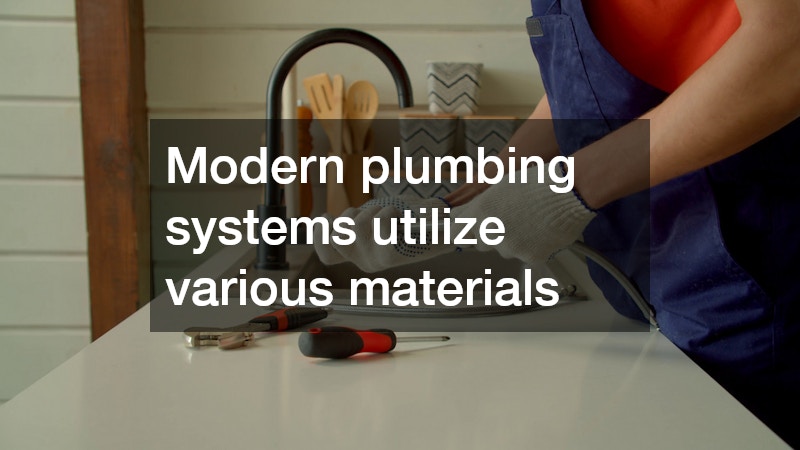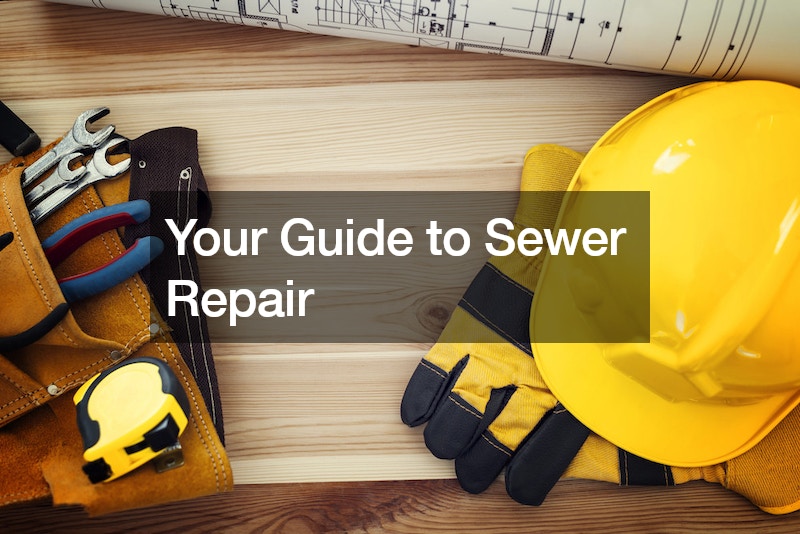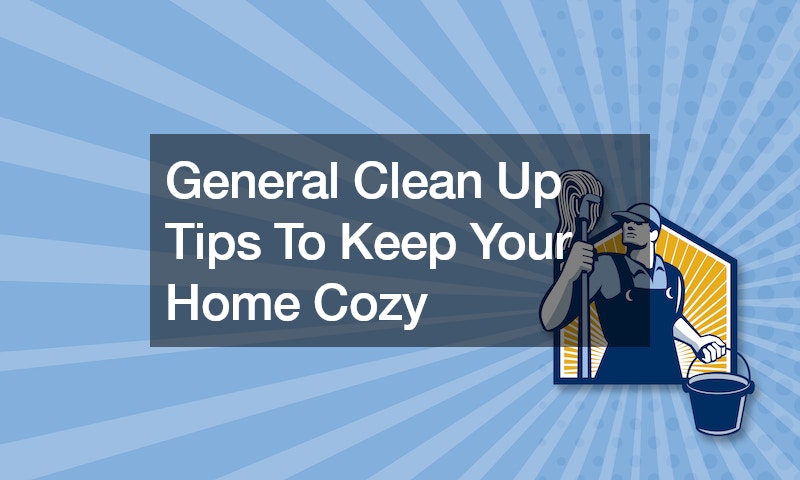Plumbing issues can often seem daunting to homeowners, leading to unnecessary stress and expense. Understanding the basics of your plumbing system is crucial in managing your home efficiently. This article aims to demystify plumbing by covering foundational elements, common problems, maintenance tips, and when to seek professional help.
By gaining essential plumbing knowledge, homeowners can save time, money, and avoid potential plumbing disasters.
Understanding the Basics of Your Plumbing System
A typical plumbing system in a home consists of several essential components such as pipes, fixtures, and fittings. Pipes are the veins through which water travels throughout your house, while fixtures like faucets, toilets, and showers provide your access points for water. Fittings, on the other hand, are used to connect pipes and change their direction throughout your home’s layout. Recognizing the function and locations of these components can help homeowners when they need to troubleshoot or converse with a professional plumber.
Water supply to your home generally begins with a connection from the main municipal water line. This water travels through your main water line, entering your home’s plumbing system. Inside, a network of pipes distributes the water to various fixtures, while a separate drainage system handles waste water removal. Hidden within walls and under floors, understanding the flow of water through these systems will help you identify any potential issues early on.
Modern plumbing systems utilize various materials such as copper, PVC, and PEX, each with unique properties. Copper boasts excellent durability and resistance to corrosion, making it a popular choice historically despite being somewhat pricey. PVC is a lightweight, cost-effective plastic that is highly resistant, although it may not withstand extreme temperatures. Meanwhile, PEX is flexible and easy to install, offering convenience and efficiency, but it is less resistant to ultraviolet light.
Identifying and Fixing Common Plumbing Issues
A leaky faucet, though seemingly minor, can waste a significant amount of water and increase your water bill. To diagnose a leaky faucet, begin by checking for steady drips or a constant low-flow even when the taps are turned off. Usually, these leaks are attributed to worn-out washers or faulty O-rings within the faucet. By replacing these inexpensive parts, homeowners can easily fix leaks without professional intervention, saving water and money.
Clogged drains are another common issue that can disrupt household activities. Hair, soap scum, and food particles often accumulate, reducing the efficiency of your drainage system. Homeowners can address minor clogs using simple tools such as plungers or snake augers, or solutions like baking soda and vinegar. Regular cleaning and mindful usage are effective strategies in preventing persistent clogs and maintaining clear pipes.
Pipe leaks, if not properly managed, can lead to extensive water damage and mold growth. Homeowners should regularly inspect visible pipes for signs of moisture or mold, indicating potential leaks. It’s important to act swiftly if a leak is discovered; turning off the water supply promptly minimizes damage until repairs are made. When addressing significant pipe leaks, it’s advisable to consult with professional plumbers to ensure quality repairs.
Preventative Plumbing Maintenance
Regular plumbing inspections are essential for identifying potential problems before they escalate into significant issues. Homeowners should schedule inspections annually, allowing early detection of leaks, blockages, or deterioration in pipes and fixtures. Professional inspections also ensure compliance with local plumbing codes and standards. By investing in regular maintenance, homeowners can effectively extend the lifespan of their plumbing systems.
Water heaters are integral to the comfort and functionality of a home, necessitating regular maintenance to enhance their efficiency and lifespan. Flushing the tank at least once a year prevents sediment buildup, which can cause inefficiency and damage over time. Regularly checking and replacing anodes can prevent corrosion, a leading cause of water heater failure. With consistent care, homeowners can ensure their water heaters operate optimally for many years.
Sewer lines play a critical role in waste removal, and neglecting their maintenance can lead to severe blockages and backups. Homeowners should be mindful of what they dispose of in sinks and toilets, avoiding items like grease, wipes, and fibrous foods. Regularly scheduling professional cleanings can also help remove debris build-up and prevent backups. Staying proactive about sewer line care can save homeowners from costly and inconvenient plumbing emergencies.
When to Call a Professional Plumber
Identifying when a plumbing problem exceeds a homeowner’s capabilities is critical to prevent further damage. Complex issues, such as extensive pipe leaks behind walls, or constant sewage backups, require professional intervention. Delaying professional help may lead to more severe damage, higher repair costs, and potential health risks. Homeowners who understand the limits of DIY repairs ensure efficient and safe plumbing solutions.
Plumbing codes and regulations exist to ensure the safety and efficiency of plumbing systems. Homeowners must adhere to these standards to prevent potential legal issues and ensure proper installation procedures. Professionals are well-versed in local codes and can navigate these regulations seamlessly during repair or remodel work. Following these codes not only ensures compliance but also prevents costly future corrections.
Having a foundational understanding of your plumbing system is invaluable to every homeowner. From understanding basic components to knowing when to involve professionals, being informed can prevent unnecessary stress, damage, and expenses. Regular maintenance and inspections, paired with the knowledge of common issues and their solutions, empower homeowners to keep their plumbing systems in optimal shape. By prioritizing plumbing education, homeowners safeguard the functionality and safety of their homes.



